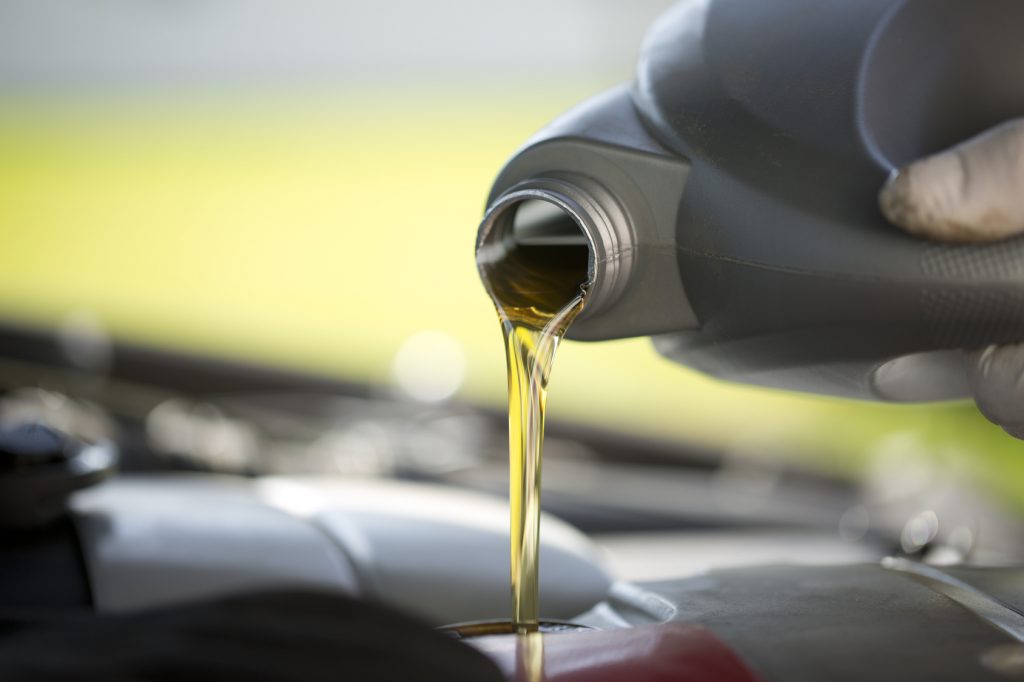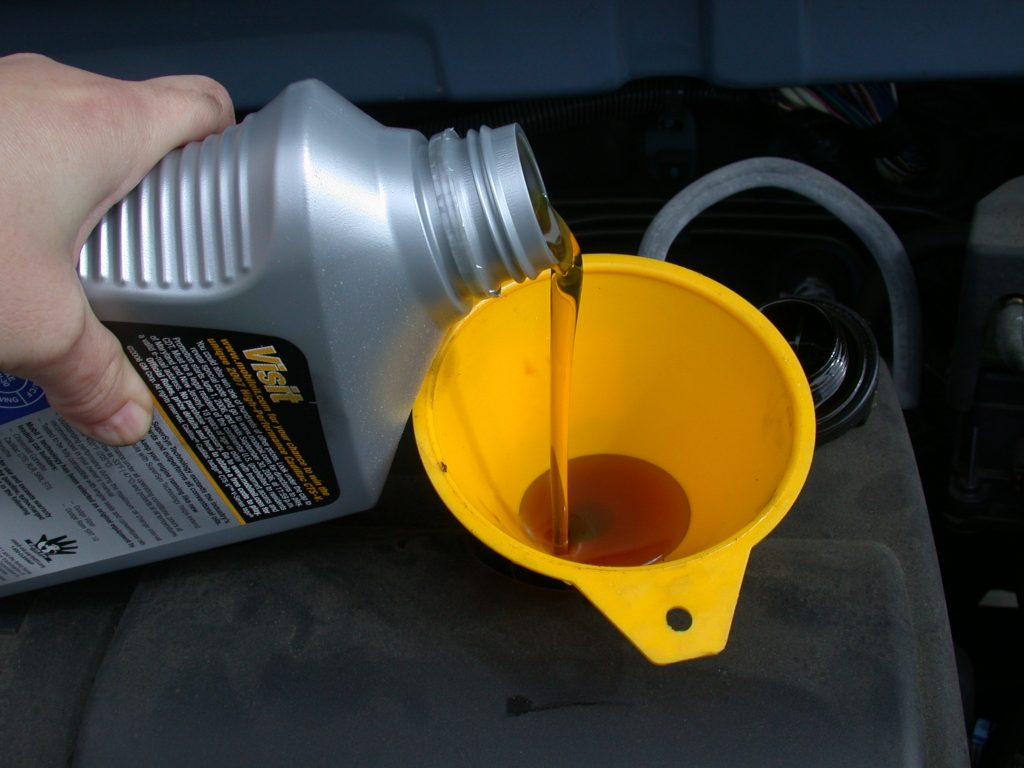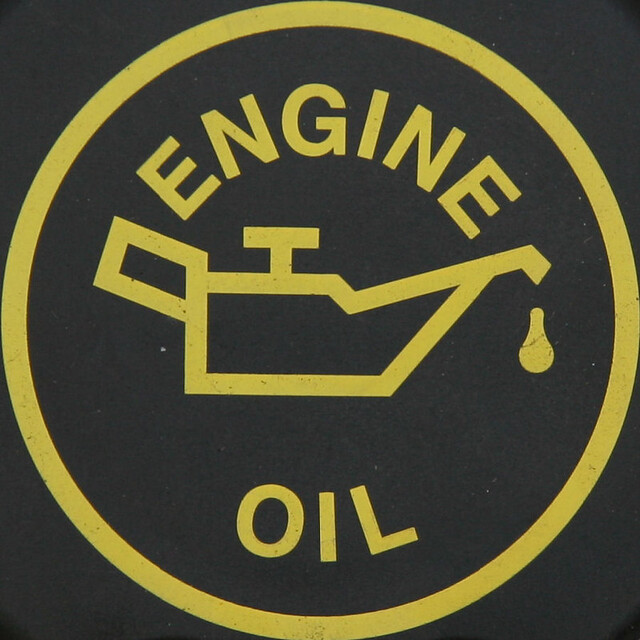What is oil viscosity?
In simple terms, oil viscosity means friction between the molecules of the oil. The viscosity of any given oil is inversely proportionate to temperature. Oil viscosity is affected by high temperatures which can make the oil thin and less viscous and low temperatures which can make the oil thick and less viscous.

The importance of oil viscosity
Engine oil lubricates the different parts of the engine and it is subject to extreme temperature fluctuations in the engine. This means that if the engine is cold or hot, the oil viscosity should not increase or decrease too much so that it stays in a texture that will lubricate and protect the critical engine components without any parts rubbing against each other.
Deciphering the numbers
0W30
You may have read something like 0W30 on a gallon for engine oil. The first number (0) is an indication of the viscosity or thickness of the oil in cold temperatures. This implies that the lower the number of the viscosity rating, the more fluid is the oil during cold weathers. Normally during cold temperatures, oil tends to become thick. Thus, engine oil manufacturers formulate their oils in such a way that the oils do not turn into wax when subjected to zero degrees Fahrenheit.
10W30
If you consider another oil with a viscosity rating of 10W30, the oil will be thicker, hence, will move slower in your engine. The 10W oil will start your car, but in cold winter you will have to crank/warm the engine and get the oil pass through all the hooks. The 10W can resist temperature drop down to 10 degrees Celcius.

Now, let’s consider the second number (30). It refers to the viscosity of the engine oil when the engine will be operating at full capacity or more than 200 degrees Fahrenheit. What you should understand is that the viscosity of oil in high temperatures directly varies to its ability to resist becoming too fluid and thin. As a general rule, the higher the value, the thicker will the oil be in hot conditions. This implies that the greater the number the better will it protect the many heat-sensitive parts of your engine during hot weathers.
This short post will hopefully help you choose your oil next time you decide to change your engine oil. If you want your car engine to keep running in good condition, it is important to change your vehicle’s oil every 3000 miles. At Steve’s Discount Auto, they offer reliable oil change service, so your vehicle is roadworthy for a longer time.





2 thoughts on “What is Oil Viscosity and What do the Numbers in Oil Mean”